Paulava Republic (Pavlov Republic)
Once known throughout Europe, this tiny and unusually progressive 18th century micro-nation within Lithuania now lies in ruins.
Few people are aware that in the 18th century, within tiny Lithuania existed an even smaller country. A mere 6.3 square miles, it was at the time the second smallest country in the world. But what it lacked in size it made up in its progressiveness.
While surrounding countries lived in the ages of serfdom, peasants here had personal freedom. The country had its own money, army, president, peasant parliament and even constitution.
The brave mini-state existed for 30 years, but now it is passing into silence. Today the mysterious ruins of old buildings are the among the only remnants of the story of the Pavlov (Paulava) Republic.
The story began when Polish-Lithuanian noble Paweł Ksawery Brzostowski—a parson, philanthropist, writer and enlightener—purchased Merkinė manor. In the barren lands peasants lived in the grip of poverty. Abruptly and to the surprise of other noblemen in 1769, P. K. Brzostowski issued law in his new lands. The law announced the birth of a new Republic in which serfdom was abolished, and peasants were recognized as people with free will, with their own property, land and rights.
Instead of serfdom, they paid taxes as land tenants. Meanwhile in the Polish-Lithuanian Commonwealth, peasants weren’t even recognized as citizens. In the Paulava Republic, people could freely engage in trading and crafts. President Brzostowski soon established schools for the peasants. Interestingly, the country had compulsory elementary schools and agriculture school with specializations. Brzostowski also ordered to let women study as well—quite a novelty in 18th century Europe.
The country had government, police, and an army which if needed could defend the country’s independence with ʻʻgun and pommel.’’ It had medical healthcare, a financial aid system and currency. Every four years, the government summoned all citizens into assembly where a population census and conversations with the people took place.
The micro-nation had a capital city, Pavlov, with a city hall, churches, an inn and dozens o houses. The ruins of the capital survived until today. The country also had four villages: Brzostow, Ksawerov, Zamojscė and Pavlov.
At the time, rumors about the success of this upstart country spread across the Europe. The king of the Polish-Lithuanian Commonwealth, Stanisław August Poniatowski, officially accepted the existence of the new country in his kingdom. But the Paulava Republic’s luck ran out when it became evident that the Polish-Lithuanian Commonwealth would fall and the country would be taken over by Russian empire. They restored the serfdom. During World War II, the former republic was a home for nuns. After the war the buildings were left to their own fate.
In recent years, trees and bushes that masked the territory have been cut, footpaths made and a monument for the founder of Pavlov Republic, P. K. Brzostowski, was built. It’s possible to explore the ruins of this former country that was once a hundred years ahead of its time.
Know Before You Go
It is only 35 km away from Vilnius. Be aware, that the place is near the village Merkinė and must not be confused with Merkinė city in Alytus county. So it is best to get where by using GPS coordinates.
The Atlas Obscura Podcast is Back!



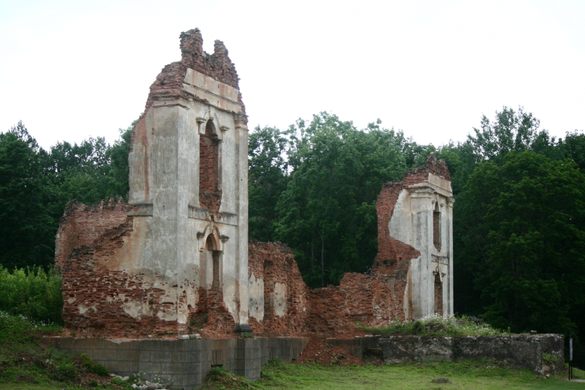
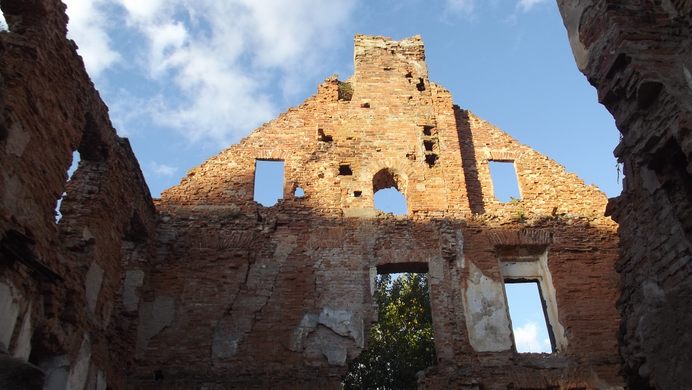
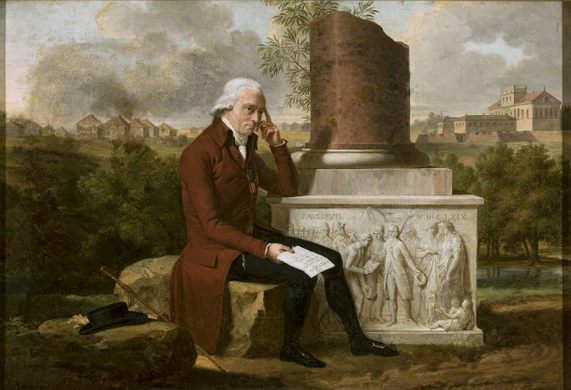
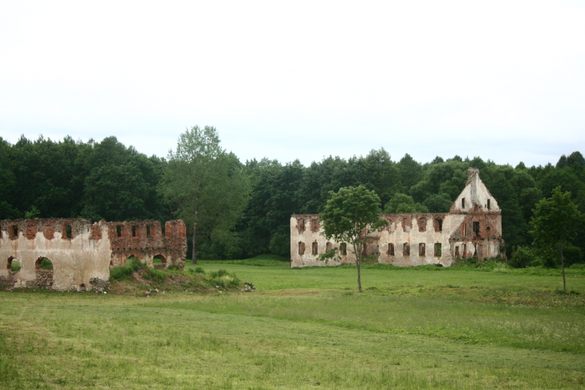
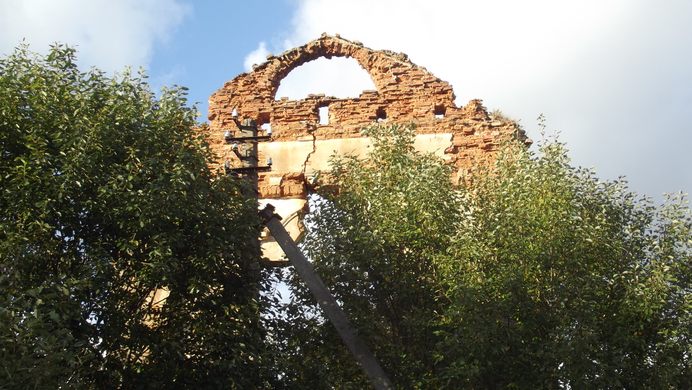
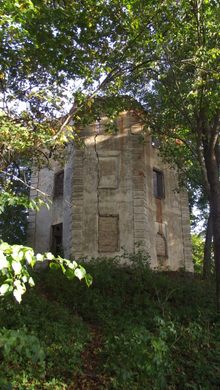
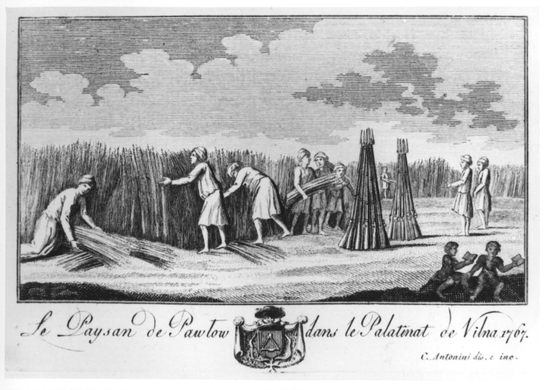
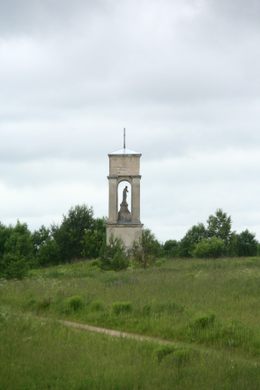




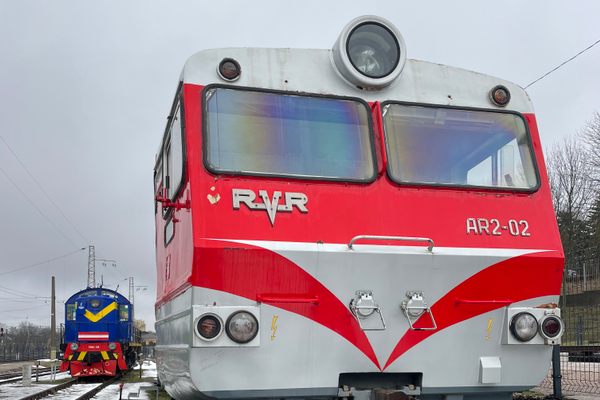


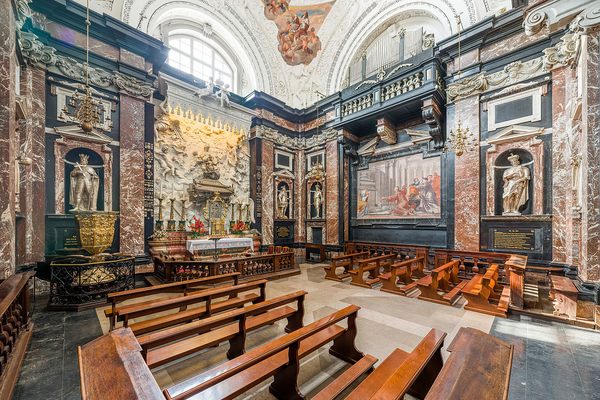
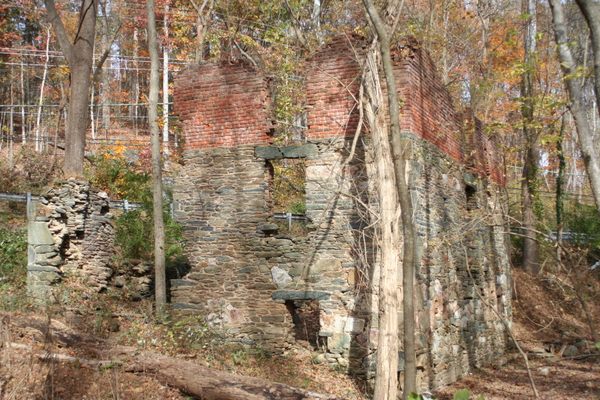

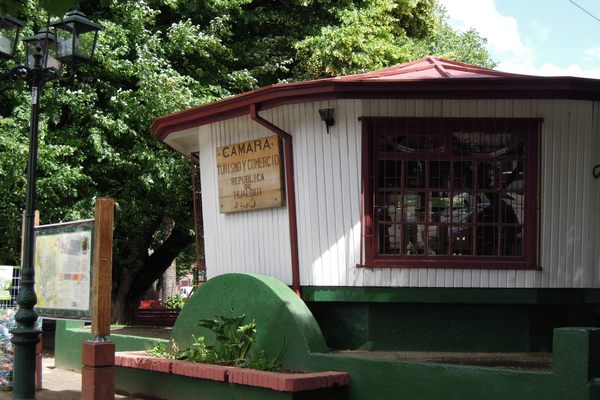


Follow us on Twitter to get the latest on the world's hidden wonders.
Like us on Facebook to get the latest on the world's hidden wonders.
Follow us on Twitter Like us on Facebook